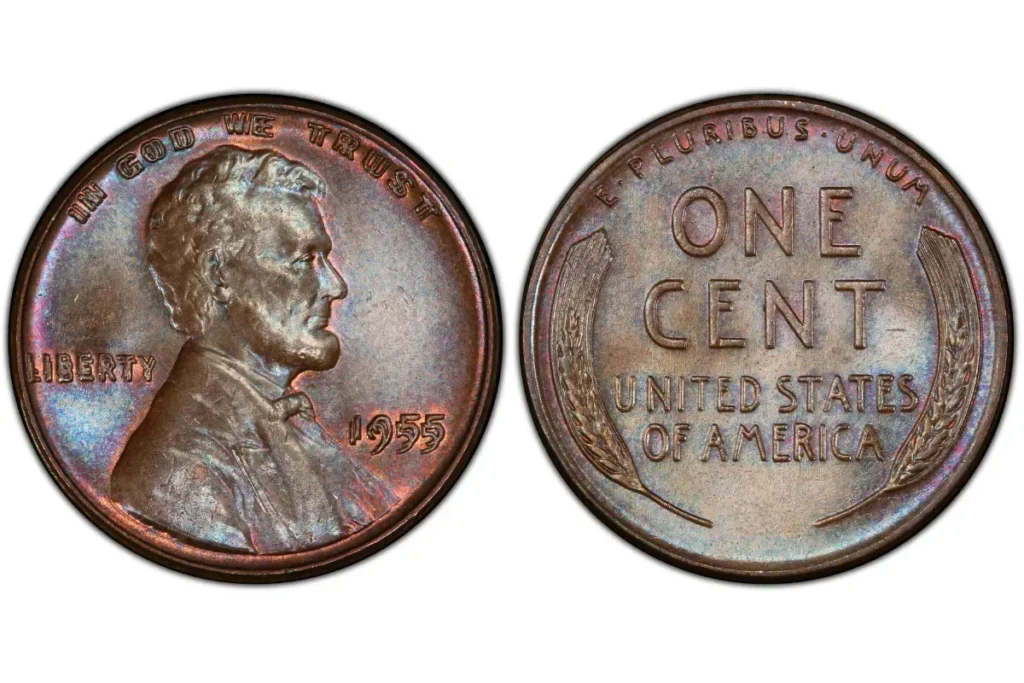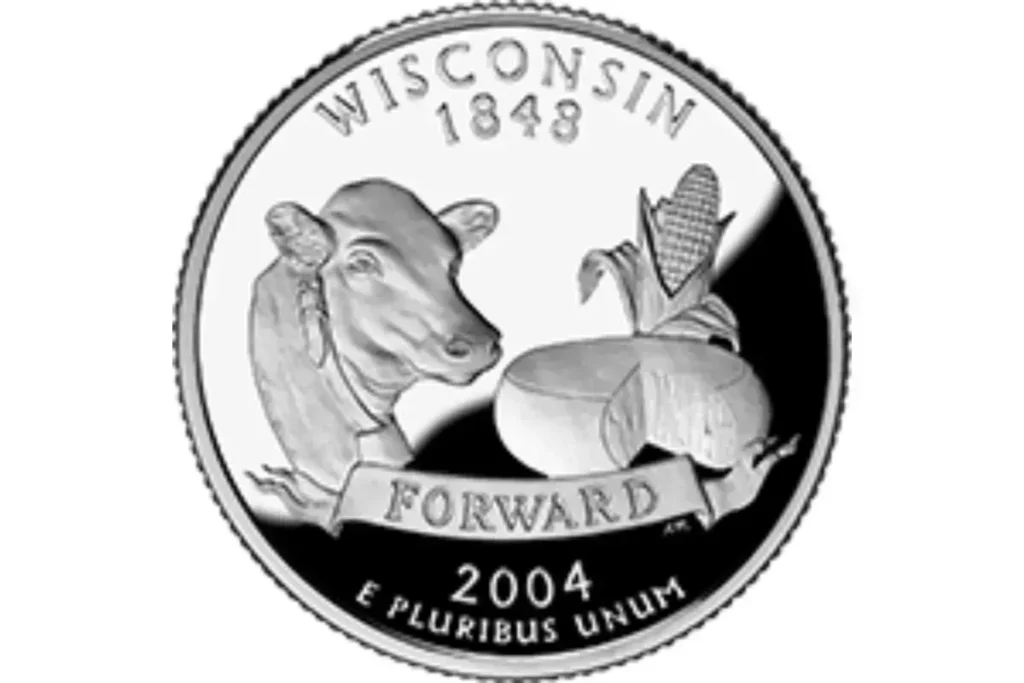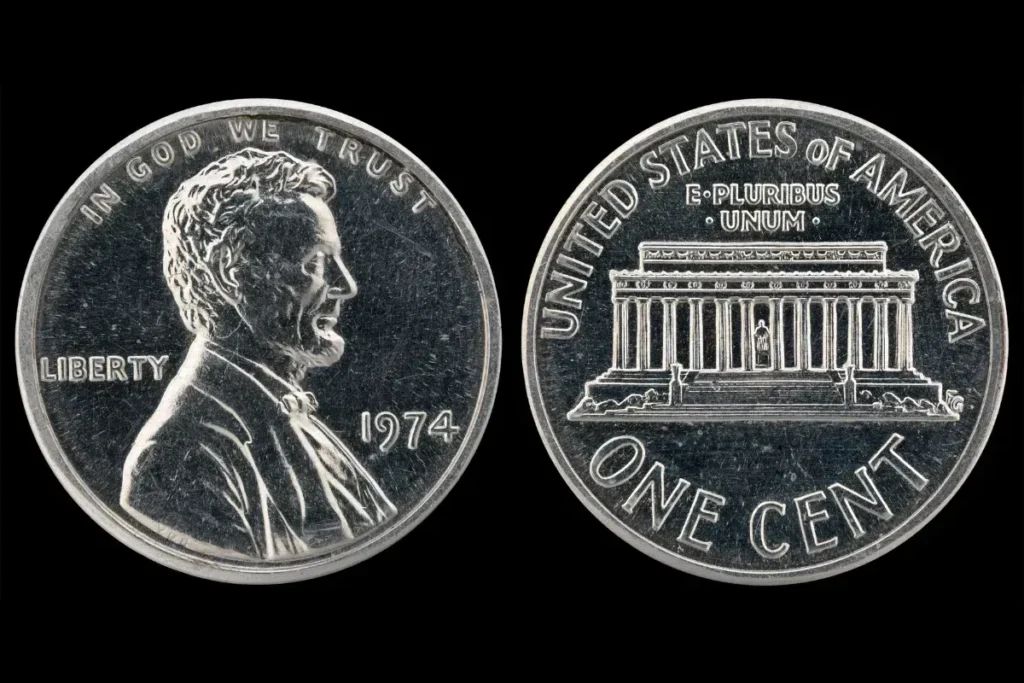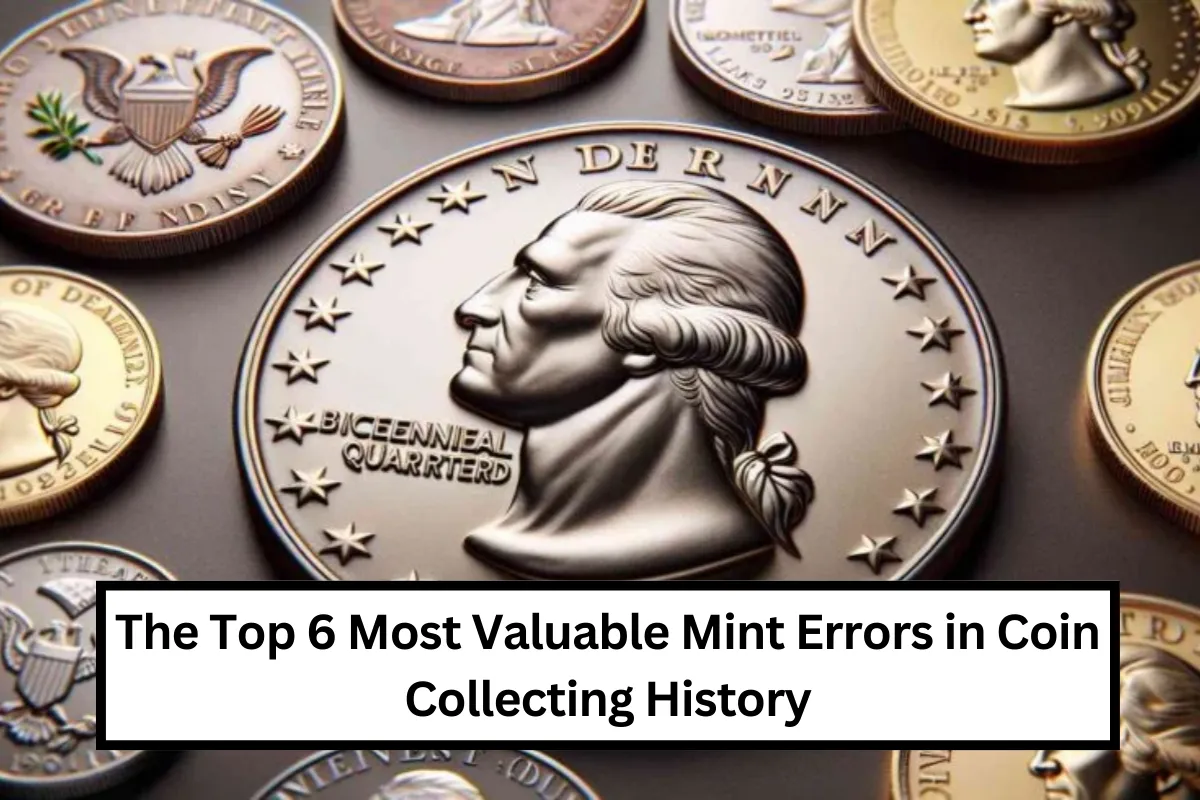Coin collecting, or numismatics, can be more exciting than just finding rare and old coins. Sometimes, everyday coins become highly valuable due to minting errors.
These errors are rare but can make ordinary coins worth thousands or even millions of dollars. Let’s dive into 12 amazing mint errors that turned regular coins into extraordinary collectibles.
1. 1955 Doubled Die Lincoln Cent

The 1955 Doubled Die Lincoln Cent is a famous and valuable mint error. It happened because of a misalignment during minting, which caused the front of the coin to be struck twice. This resulted in a noticeable doubling effect on the inscriptions and the date.
Key Details:
- Date: 1955
- Error Type: Doubled die on the front side
- Value: $1,000 to $25,000 (depends on condition)
2. 1969-S Doubled Die Lincoln Cent
Similar to the 1955 version, the 1969-S Doubled Die Lincoln Cent has significant doubling on the front. You can see this especially in the words “LIBERTY” and “IN GOD WE TRUST.”
Key Details:
- Date: 1969
- Mint: San Francisco
- Error Type: Doubled die front
- Value: $30,000 to $100,000 (depends on condition)
3. 2004 Wisconsin State Quarter (Extra Leaf Error)

The 2004 Wisconsin State Quarter is famous for having two types of errors: an “extra leaf high” and an “extra leaf low” near the corn stalk. These additional leaves were caused by die gouges and have greatly increased the coin’s value.
Key Details:
- Date: 2004
- Error Type: Extra leaf varieties on the back
- Value: $300 to $3,000 (depends on condition)
4. 1943 Bronze Lincoln Cent
During World War II, the U.S. Mint switched to steel for pennies to save copper for the war effort. However, a few bronze planchets from 1942 were accidentally used in 1943. This mistake created rare and highly valuable coins.
Key Details:
- Date: 1943
- Error Type: Struck on bronze planchet instead of steel
- Value: $100,000 to $1.7 million
5. 1974 Aluminum Lincoln Cent

The 1974 Aluminum Lincoln Cent was part of an experiment to use aluminum instead of copper for pennies. Though these coins were never released into circulation, a few survived and are now very valuable.
Key Details:
- Date: 1974
- Error Type: Struck on aluminum planchet
- Value: Estimated $250,000 to $2 million
6. 2000 Sacagawea Dollar (Wounded Eagle Error)
The 2000 Sacagawea Dollar features a “Wounded Eagle” error. A die gouge makes it look like the eagle on the back has been speared or cut, giving it a wounded appearance.
Key Details:
- Date: 2000
- Error Type: Die gouge on the back (Wounded Eagle)
- Value: $100 to $5,000
Summary
Mint errors are fascinating and can turn ordinary coins into valuable treasures. Whether it’s a doubled die, extra leaf, or an experimental aluminum penny, these errors highlight the unexpected ways that minting mistakes can create highly sought-after collectibles.
1. What is a mint error?
A mint error occurs when a coin is produced with mistakes during the minting process, making it more valuable to collectors.
2. How do mint errors increase a coin’s value?
Mint errors are rare, and their uniqueness makes them highly sought after by collectors, which drives up their value.
3. How can I tell if my coin has a mint error?
You should look for unusual features such as doubling, extra elements, or strange markings. Consulting a coin expert can also help.
4. Are mint error coins rare?
Yes, mint error coins are rare, which is why they can be worth so much. Not every coin has a mint error.
5. How can I find out the value of my mint error coin?
You can check recent auction results or consult with a professional coin dealer to get an estimate of your coin’s value.










